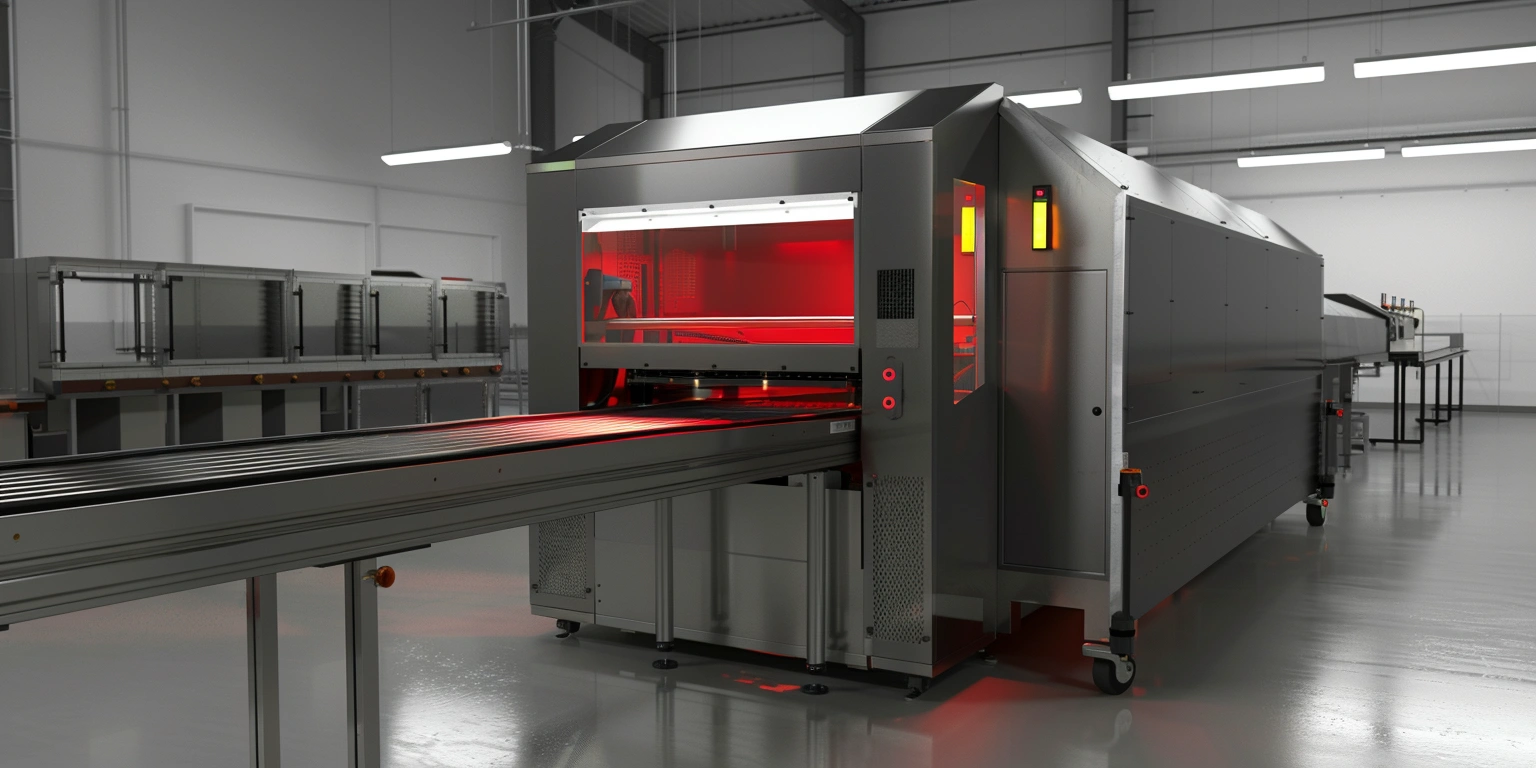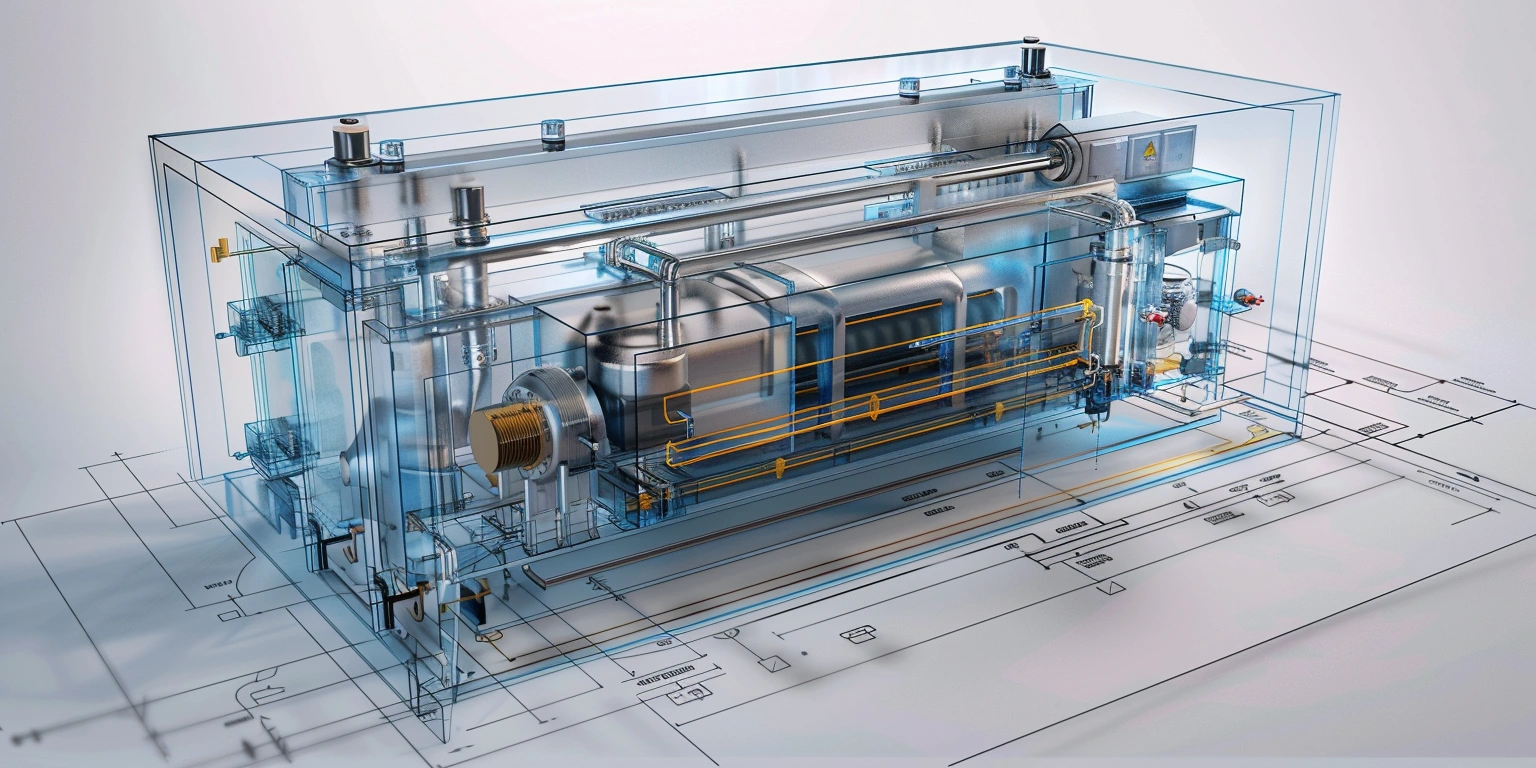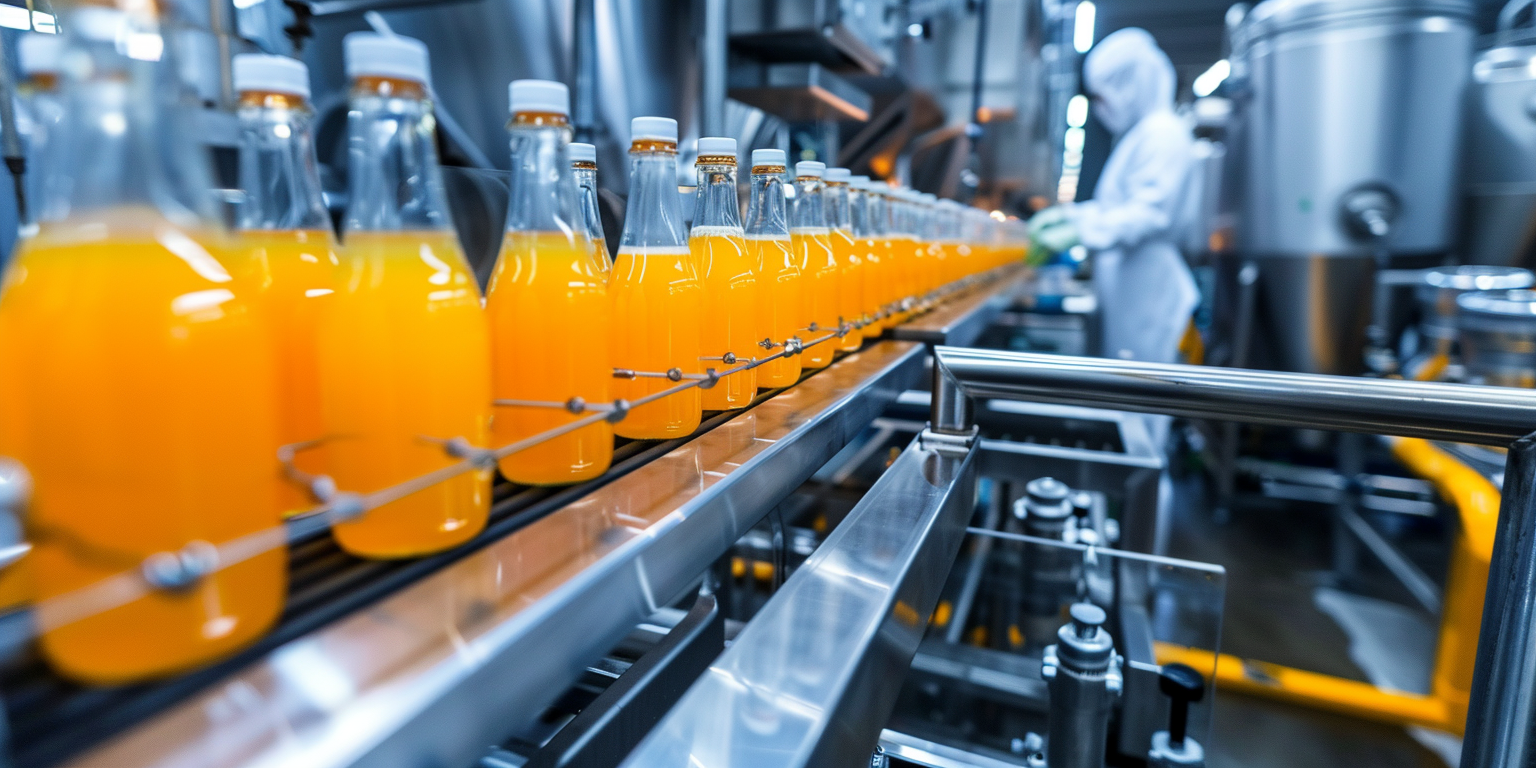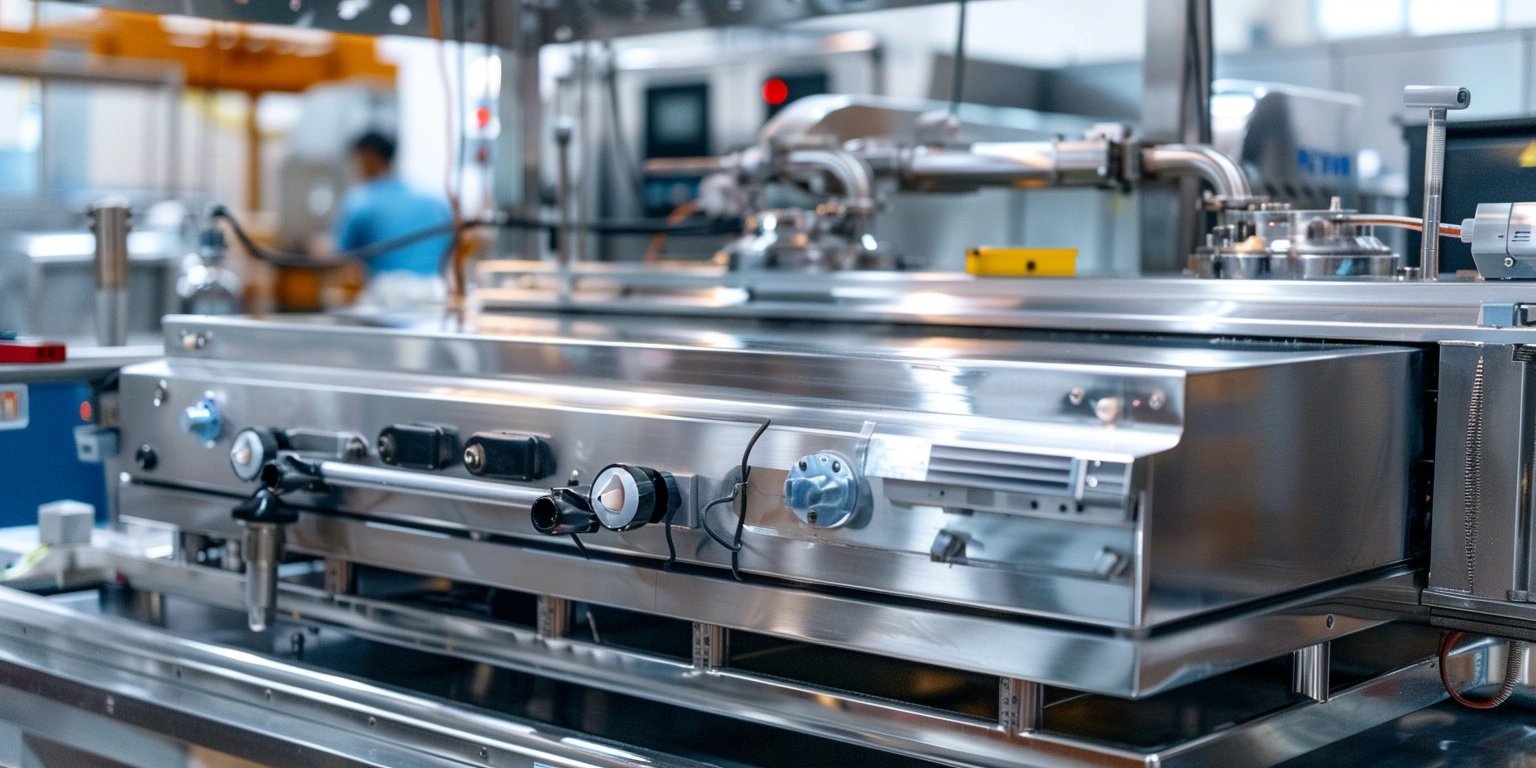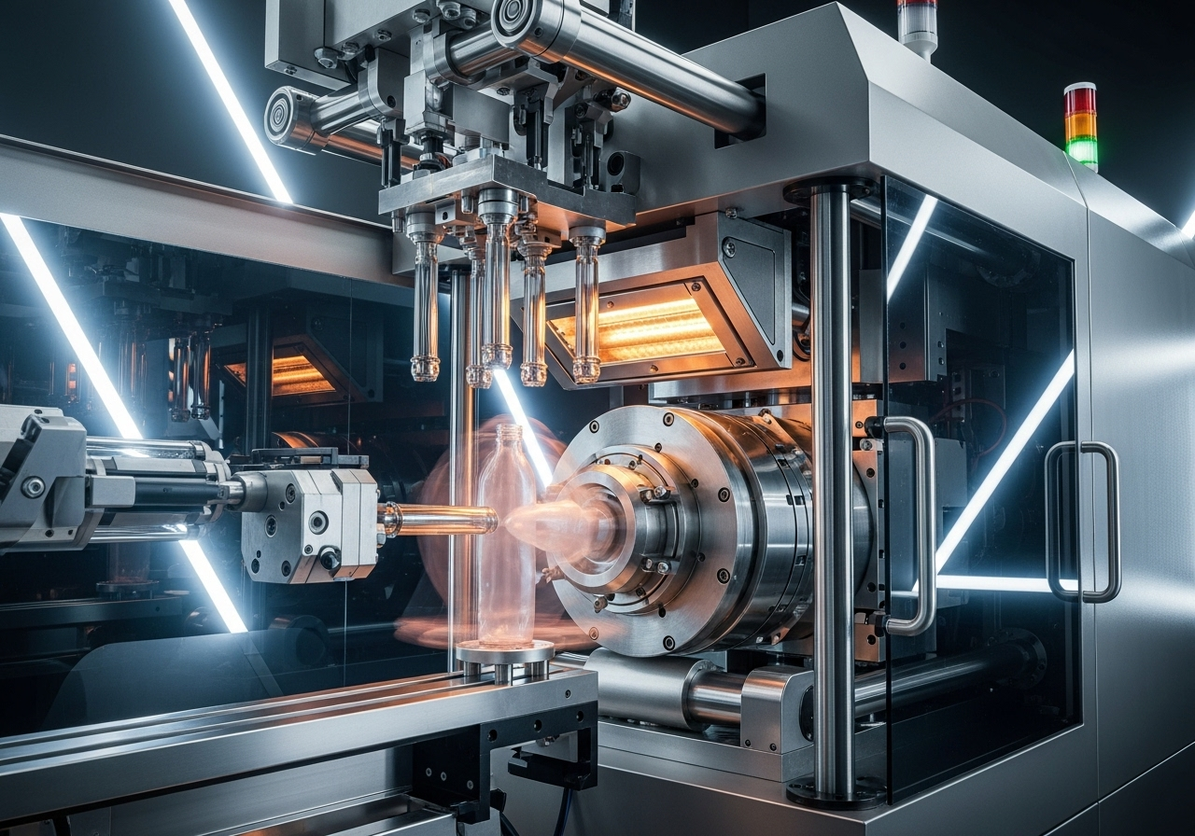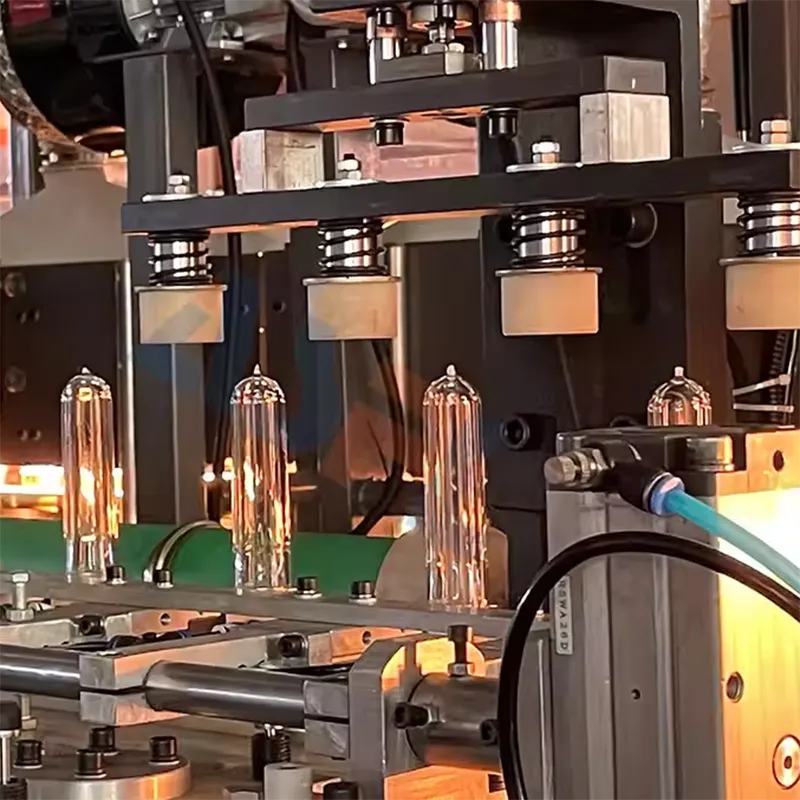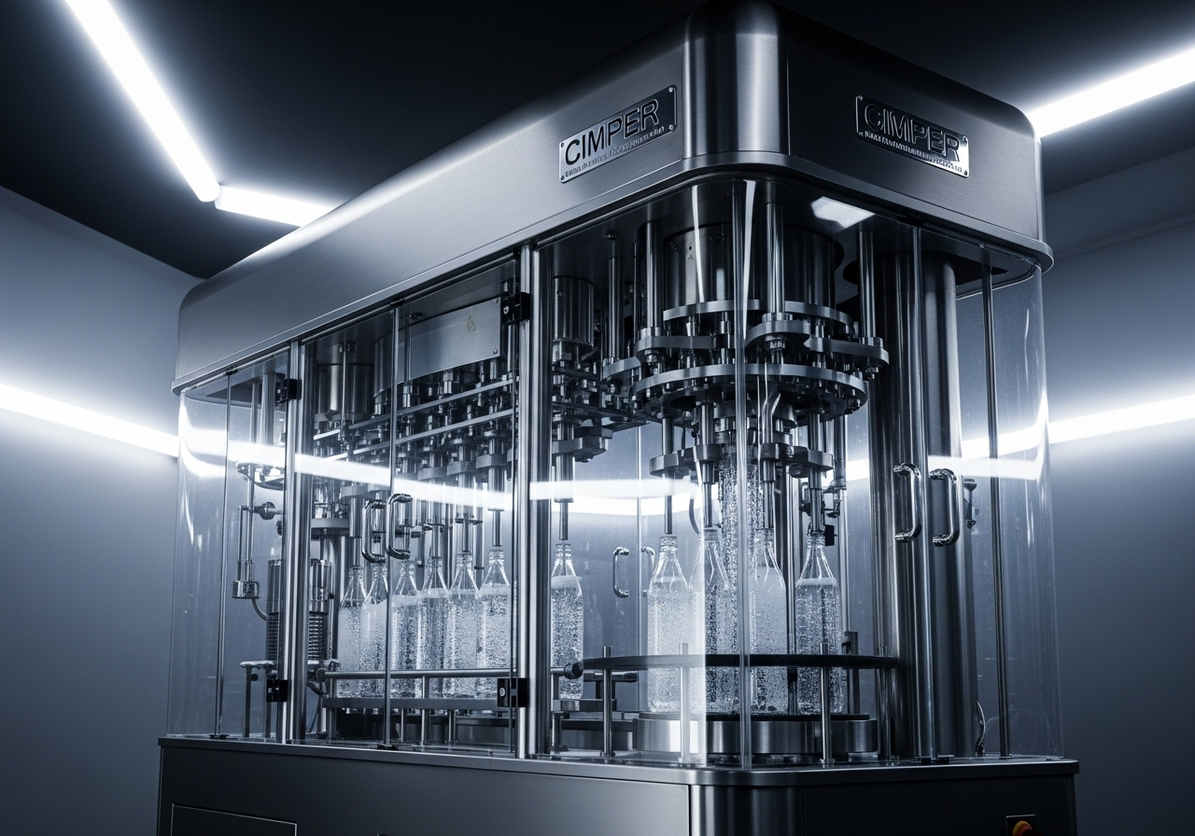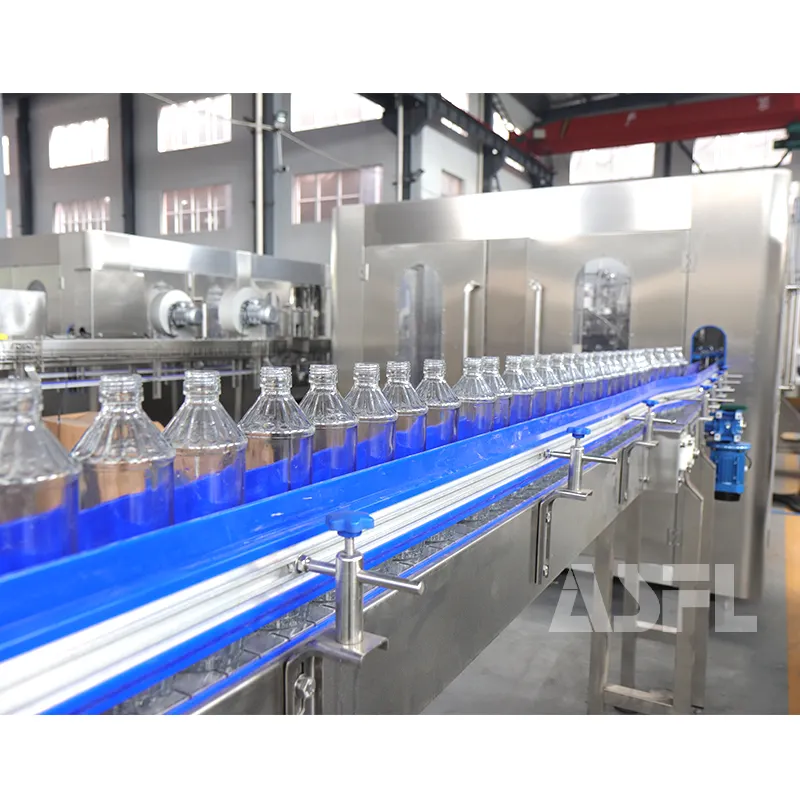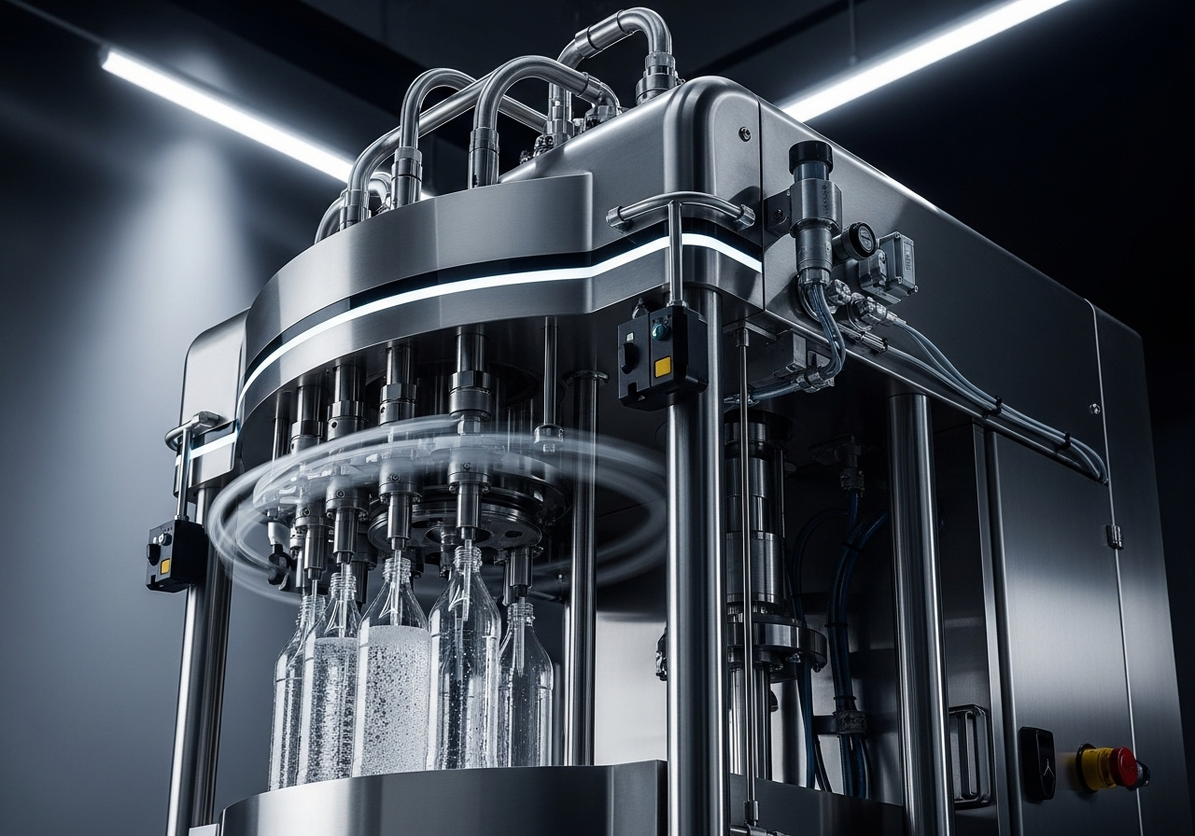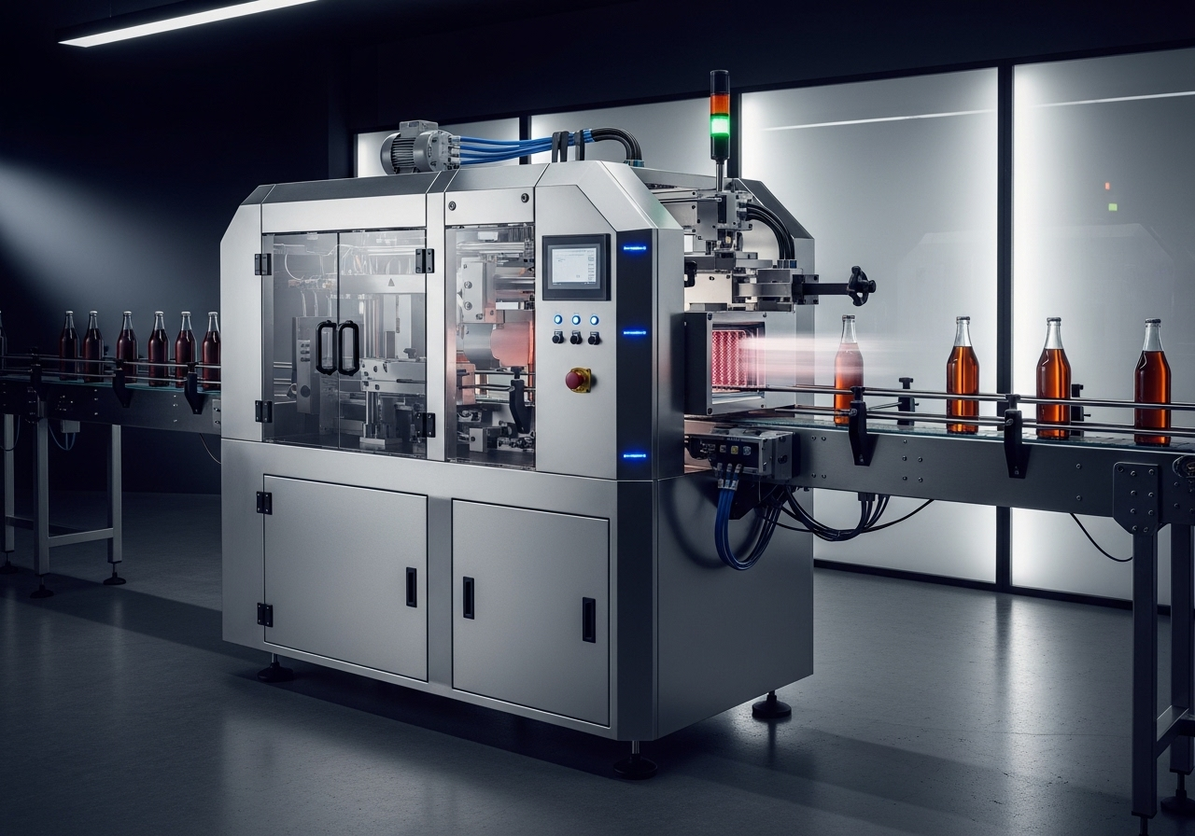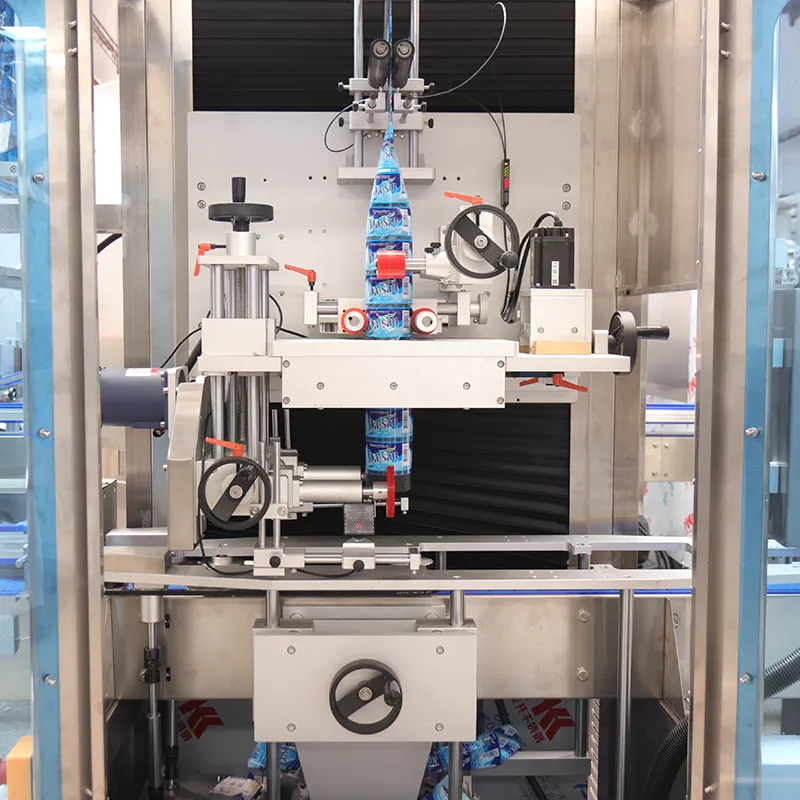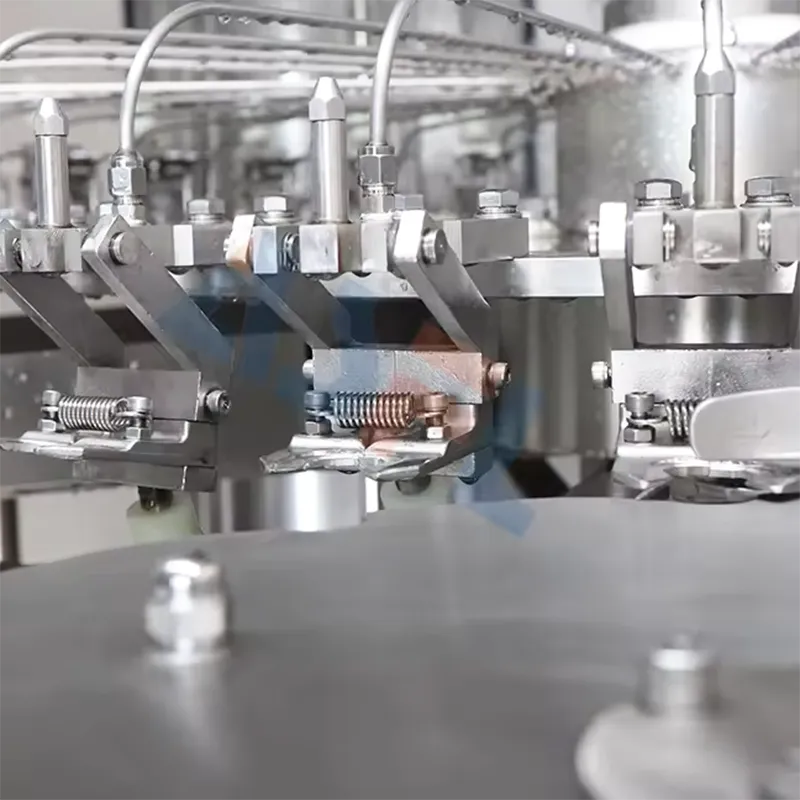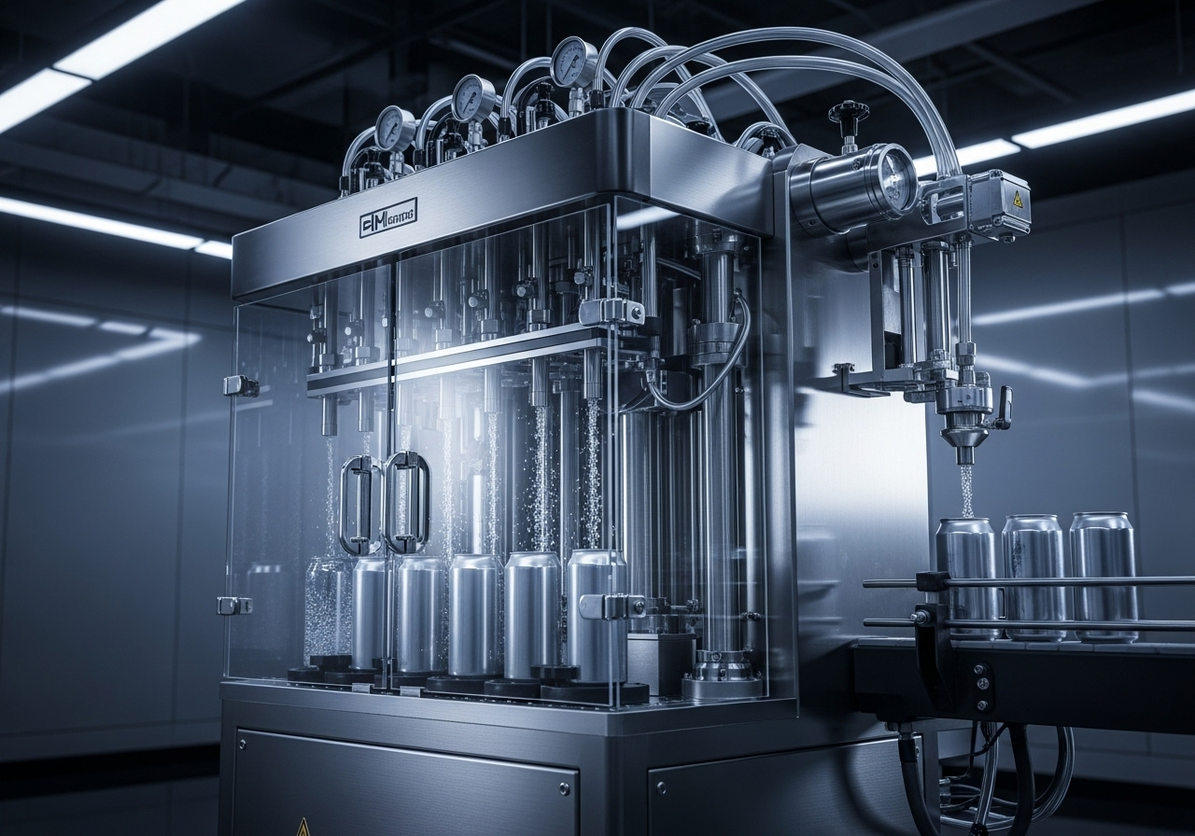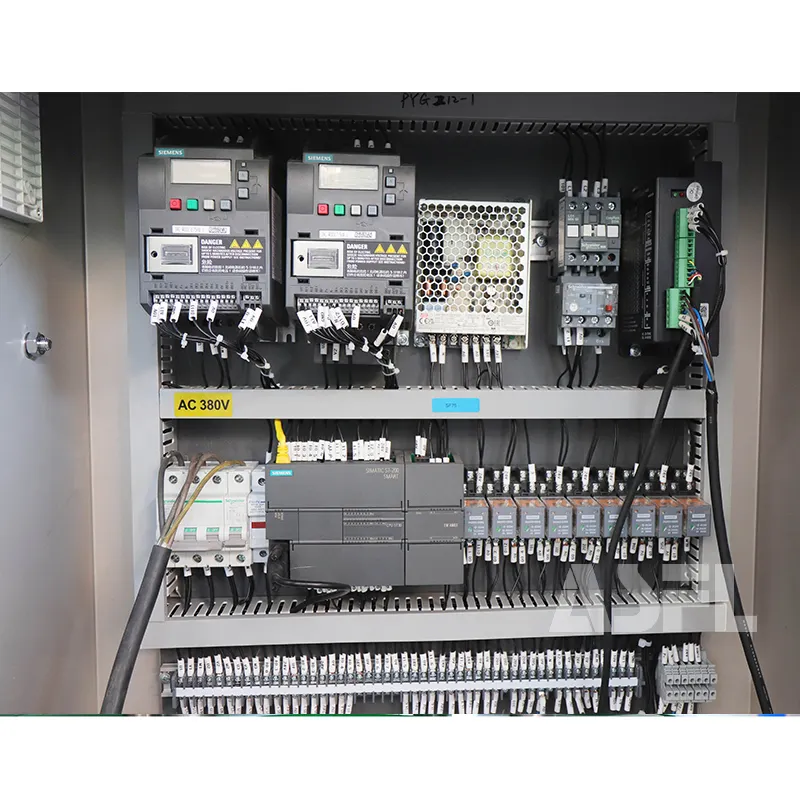“We can’t get another audit finding on weak seals,” our production supervisor said, half joking, half exhausted. I felt the same. Two external audits in 2024 flagged packaging non-conformances we should have caught in-process. Rework kept stealing hours from our shifts.
As the quality manager, I own that risk. We chose ASFL because we needed more than a machine—we needed control over sealing windows, traceability at the bag level, and practical training that would stick past week one. Not fancy. Just solid, repeatable, auditable.
What followed wasn’t smooth. Week two failed a pilot. Month three forced a pivot on bag spec. But by month five, FPY stopped bouncing and the numbers finally held. Here’s how we got there—and what we’d do differently if we started again.
About the Customer
The plant is a mid-sized snack manufacturer in Southeast Asia producing roasted nuts and dried fruit in flexible pouches. Output is moderate—high-mix, three shifts, with seasonal peaks. Before we intervened, FPY fluctuated between 70–74%, scrap ran 6–8% by weight, and we routinely burned 80–120 minutes of rework per shift. We had two audits in 2024 with 3–4 labeling or seal-related NCRs per month on average. None of that is catastrophic, but it erodes confidence and clogs capacity.
Operators were earnest and capable; our issue was consistency. Seals were fine at 10 a.m. and questionable at 4 p.m., especially when product oiliness varied. I kept hearing people compare our industrial gear to home gadgets—“Which is the best foodsaver vacuum sealer?”—as if we could borrow that playbook. That told me one thing: our training and controls weren’t giving them enough certainty to trust the process.
We also had a traceability gap. Our ERP tracked lot and line, but not sealing parameters or operator ID per pouch. When an auditor asked for a batch-level trail linking seal window, vacuum setpoint, and pouch SKU, we had fragments. That’s not a good feeling in front of a panel. I needed a line story that stands up—start to finish, no guessing.
Project Kickoff and Planning: What Set the Pace?
We kicked off in March 2024 with a cross-functional team: two maintenance techs, one controls engineer, the production supervisor, and me as the internal champion. Our goal was straightforward: stabilize sealing, document it, and cut rework. We booked a six-month runway, knowing the real gains would likely show in months 4–5. We set success criteria: FPY ≥ 84%, scrap down by 20–25%, and audit findings on packaging reduced to near zero within a quarter.
We started by writing a living SOP that operators could actually use. Internally, the draft took a working title—foodsaver ASFL vacuum sealer instructions—because our team wanted something memorable. It covered sealing window (time and temperature bands), vacuum level targets (−0.92 to −0.96 bar), and bag checks by SKU. We also ran a short, hands-on clinic called “how to use foodsaver handheld vacuum sealer—and why industrial sealing is different.” That workshop used a consumer unit to demonstrate fundamentals, then mapped those behaviors to our chamber system. It clicked: same physics, tighter tolerances, higher stakes.
The first pilot failed. Our oilier nut blend produced micro-contamination at the seal area. Yield dropped into the high 60s for a day and morale dipped. We paused, then changed two things: we added a wipe step at loading and narrowed the acceptable seal temperature range by 5–10°C for that SKU. We also slowed the cycle for that product family from 4.5–5.0 seconds to 4.2–4.6 seconds to let pressure equalize. It cost us a few seconds, but it paid back in fewer leaks. Trade-offs are part of the job.
Solution Overview
On equipment, we stayed pragmatic: a twin-chamber vacuum sealer with dual sealing bars, 8–10 mm seal width, and a data-enabled controller. In the lab, we kept a small bench unit—a vevor vacuum sealer machine (dual pump)—for quick material trials so we didn’t tie up production. For production, the ASFL configuration logged vacuum level, seal time, temperature band, cycle count, and operator ID into a lot record. This is the part auditors care about: numbers you can explain and defend.
Materials were a bigger lever than we expected. We standardized three bag SKUs and agreed naming conventions with procurement. A funny but real detail: one distributor listed an item as “ASFL vacuum sealerealer food bags” in paperwork, and that typo propagated into our ERP. It broke a few lookups and confused an operator during a night shift. We fixed the master data, relabeled bins, and added a QR link at the HMI to the right spec sheet. Small housekeeping, big risk reduction.
Six months later, the numbers held. FPY settled at 84–86% across our core SKUs. Scrap dropped by roughly 20–25% depending on the product (oilier blends sit closer to the 20% mark). Rework time per shift fell into the 30–50 minute range. Packaging NCRs went from 3–4 per month to 1–2, and they were traceable issues we could explain with data. Cycle timing stayed workable: 4.2–4.6 seconds on sensitive products, faster on clean ones. Based on labor and material deltas, payback looks 9–12 months. Not perfect—we still see occasional late-shift drift—but it’s predictable. If you ask me what changed, I’d say a steady process, traceable parameters, and a team that believes the numbers. That’s why we stayed with ASFL.


